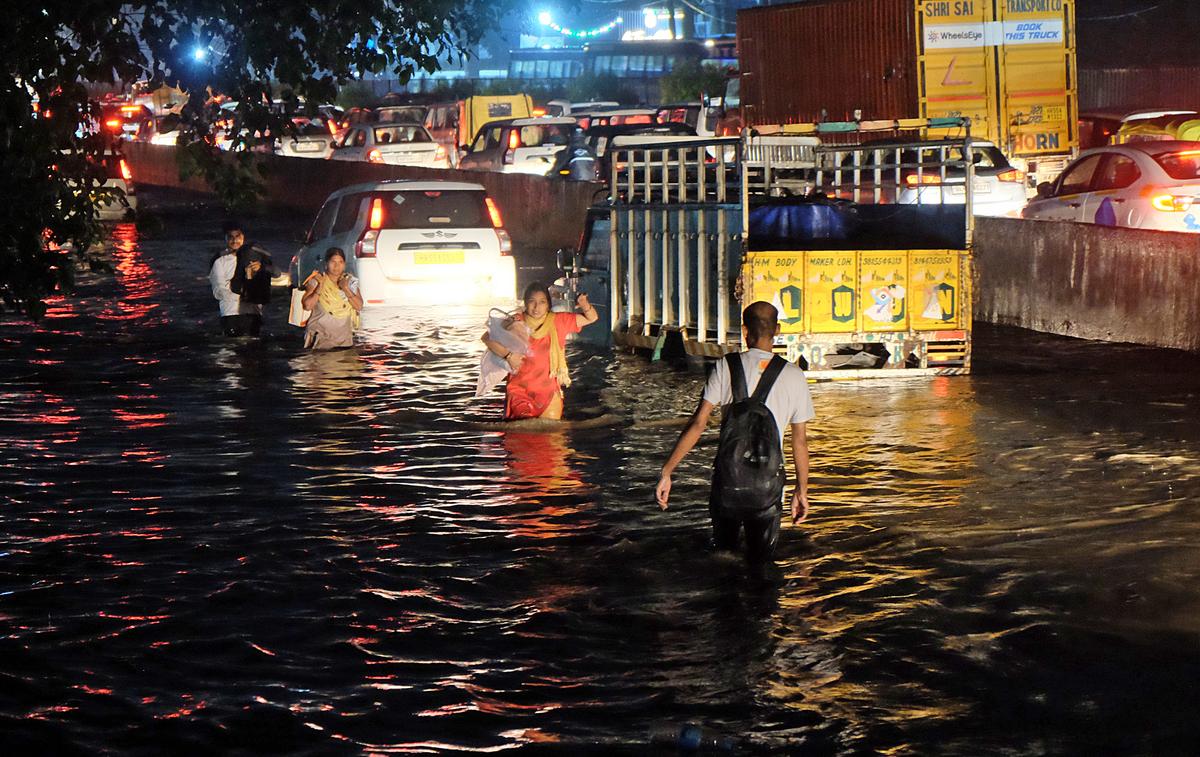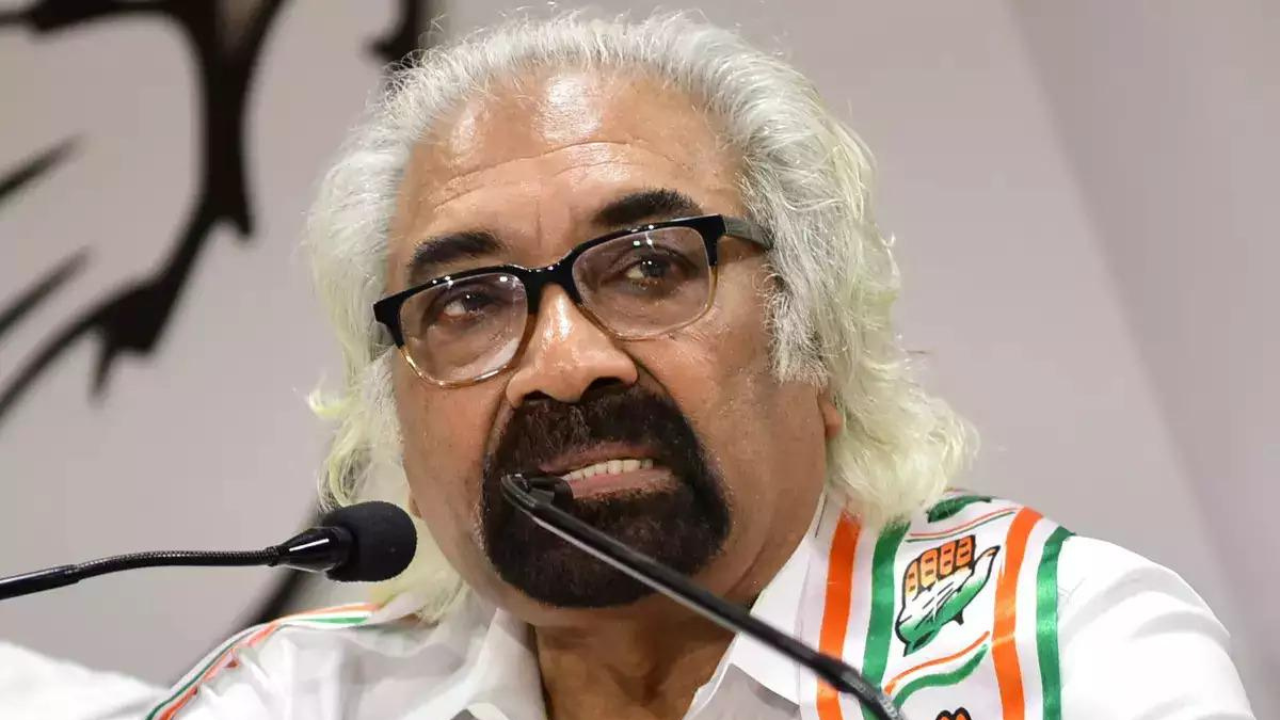In the aftermath of the drowning deaths of bank employees Punya Ashray Sharma and Viraj Dwivedi in Faridabad’s Old Railway Road underpass, authorities have taken steps to secure the area. As of Saturday, six barricades now surround the waterlogged underpass, and a contingent of seven police officers is stationed there, restricting access even to pedestrians. Despite these measures, the water level had only receded by about a foot over the previous 15 hours.
 The tragic incident occurred on Friday night when Sharma and Dwivedi drove their vehicle through the underpass, which was filled with 12-foot-deep water. At that time, the sole barricade consisted of a rope tied to a bamboo stick and an electric pole. The men were returning from Gurgaon after work when they encountered the submerged underpass.
The tragic incident occurred on Friday night when Sharma and Dwivedi drove their vehicle through the underpass, which was filled with 12-foot-deep water. At that time, the sole barricade consisted of a rope tied to a bamboo stick and an electric pole. The men were returning from Gurgaon after work when they encountered the submerged underpass.
By Saturday, the site was heavily barricaded from all three sides, with an Emergency Response Vehicle (ERV) present. The walls of the underpass displayed stains indicating recent high water levels, while nearby streets were clogged with garbage, impeding drainage.
As of Saturday morning, the area had received 56.4 mm of rain in the past 24 hours and 155.9 mm for the month so far, which is 87% above the average for this period, according to the India Meteorological Department (IMD).
Swapnil Patil, Additional Commissioner of the Municipal Corporation of Faridabad (MCF), reported that the city had recently upgraded its pumping capacity, with three 30HP motors now operating on a 250KVA genset. Despite these improvements, the water had not significantly receded by the afternoon.
A senior district administration official noted the unprecedented rainfall had overwhelmed the pumping systems, necessitating deployment of additional machinery. He mentioned that the drainage issues in this low-lying area contribute to the slow removal of floodwater. To date, no formal inquiry has been ordered by higher authorities.
Residents argue that the underpass frequently floods during heavy rains. They believe that both the MCF and local police are responsible for preventing access to such hazardous areas. G. N. Mishra, a local resident, criticized the lack of effective measures and suggested that it often takes a tragedy to prompt government action.
The police have stated that their officers had attempted to warn the vehicle occupants, but the warnings were ignored. ASI Rajkumar Yadav from the Faridabad NIT police station explained that while there were originally several barricades, many had been washed away by the floodwaters.
The MCF’s report to the Deputy Commissioner attributes the flooding partly to inadequate infrastructure from the Haryana Shehri Vikas Pradhikaran (HSVP), which constructed the underpass in 2006-2007. The MCF highlighted that the underpass was designed with a 20 HP motor but lacked a proper disposal line.
Furthermore, the MCF identified issues with drainage from surrounding areas, which exacerbated the flooding. FMDA Chief Engineer Vishal Bansal stated that while the MCF is responsible for desilting, the main drain, which has not been fully cleared, also contributes to water accumulation.
As the situation continues to develop, the focus remains on addressing the immediate safety concerns and resolving the long-term infrastructure issues to prevent future tragedies.



